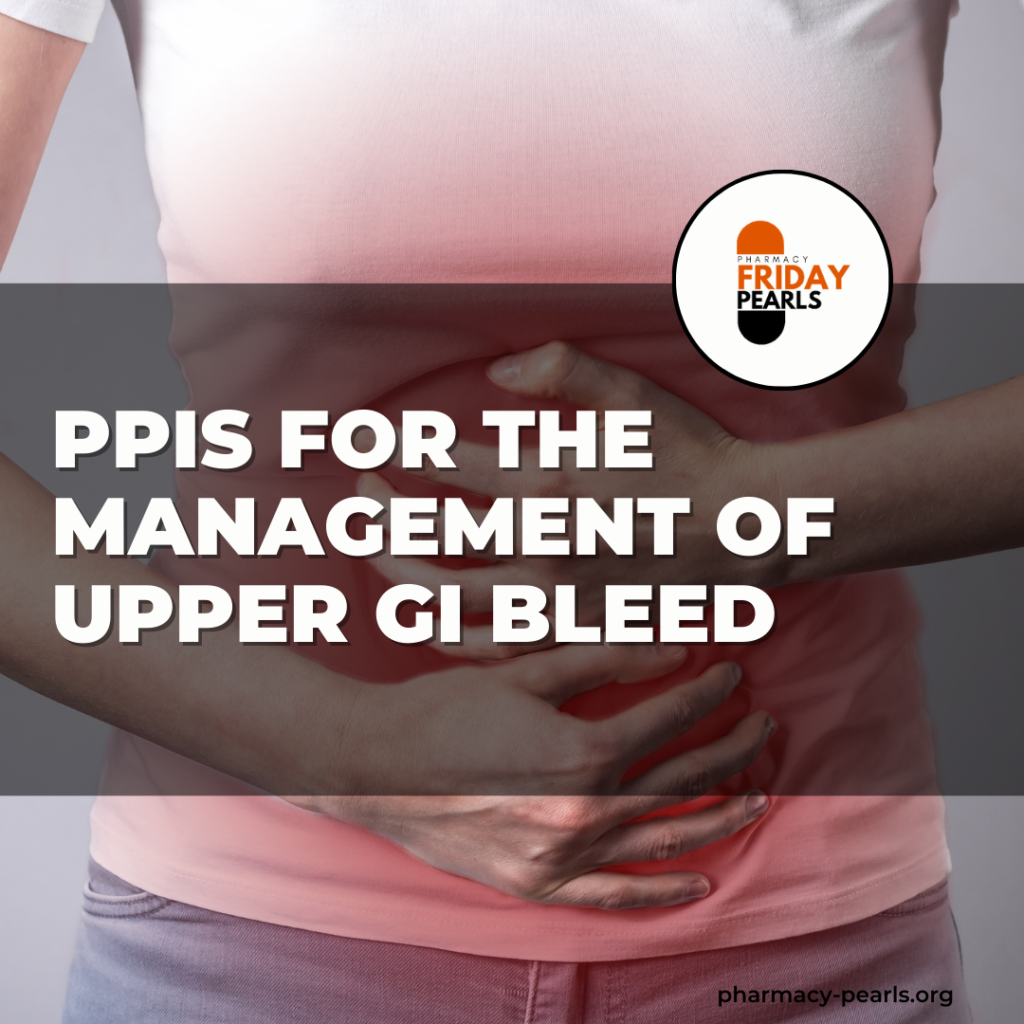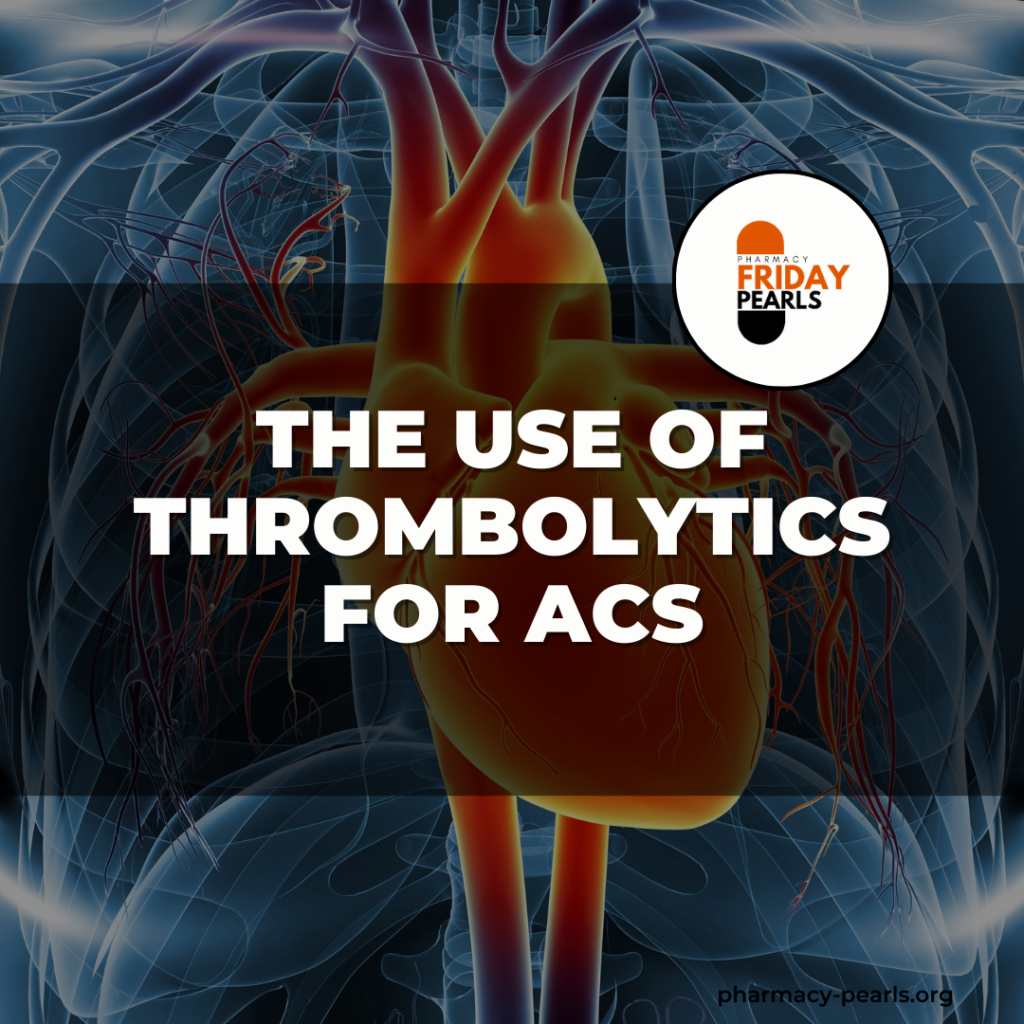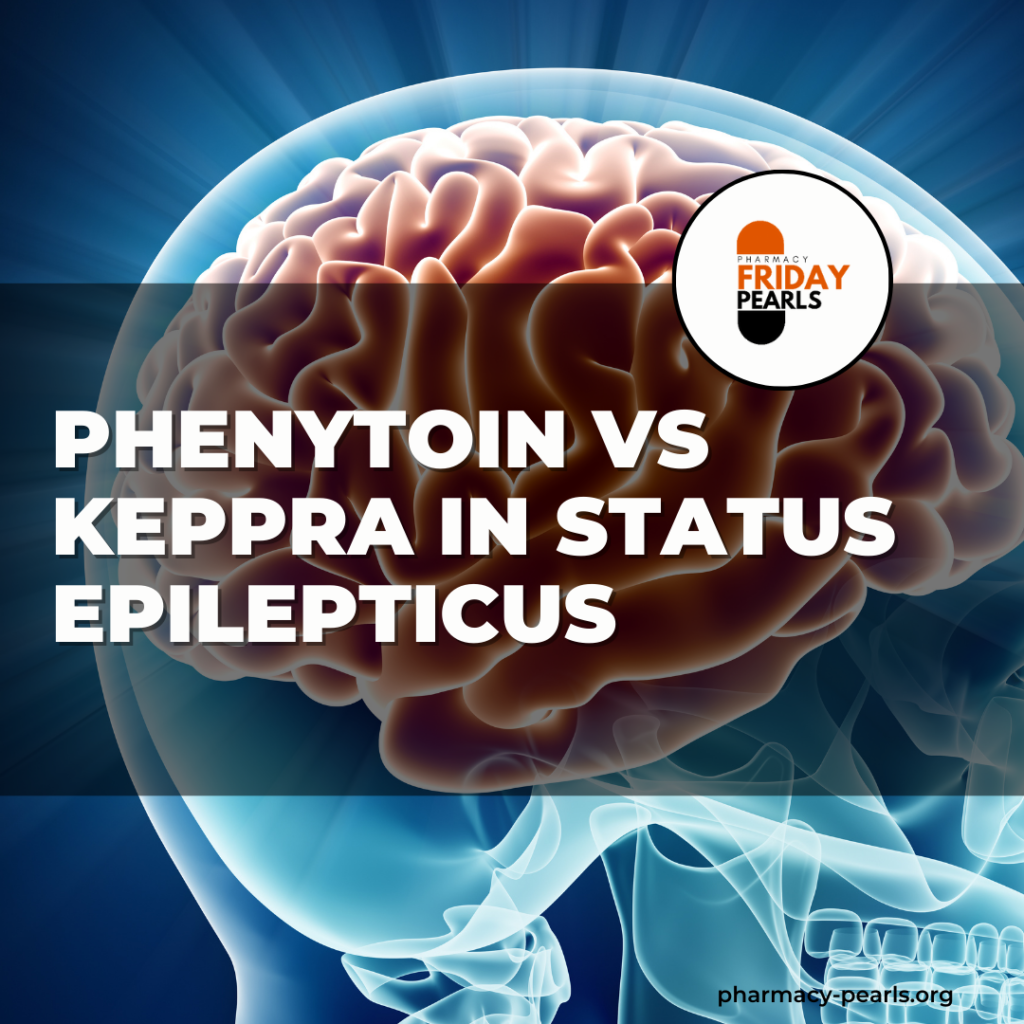PPIs for the Management of Upper GI Bleed

Introduction
- Upper GI bleed (UGIB) is a common reason for ED visits with a major cause of morbidity, mortality and medical care costs.
- Peptic ulcer accounts for at least 50% of UGIB cases.
- Patients with UGIB usually present with hematemesis, melena and/or hematochezia.
- Upon presentation, hemodynamic status should be evaluated and resuscitation provided if necessary. Resuscitation can include blood transfusion for target hemoglobin of ≥7 g/dl.
- Patients can be risk stratified to low or high-risk using the Rockall score (range 0-7) and Blatchford score (range 0-23).
- Proton pump inhibitors (PPIs) remain one of the mainstays of pharmacological therapy for the management of UGIB. It can be initiated if endoscopy cannot be performed, will be delayed for >24 after presentation or following endoscopy.
| Pantoprazole | Esomeprazole | Omeprazole | |
| Dose | Initial Infusion: 80mg bolus then 8mg/hr continuous infusion for a total of 72hours Intermittent: 80mg LD then 40mg IVP Q12H Maintenance High-risk: 40mg PO BID for 14days, then 40mg PO once daily Low-risk: 20mg PO once daily *Duration ranges from 4-12weeks | Initial Infusion: 80mg bolus then 8mg/hr continuous infusion for a total of 72hours Intermittent: 80mg LD then 40mg IVP Q12H Maintenance High-risk: 40mg PO BID for 14days, then 40mg PO once daily Low-risk: 20mg PO once daily *Duration ranges from 4-12weeks | Initial IV Omeprazole not available in the U.S, give IV Pantoprazole or Esomeprazole Maintenance High-risk: 40mg PO BID for 14days, then 40mg PO once daily Low-risk: 20mg PO once daily *Duration ranges from 4-12weeks |
| Administration | IVP: Give over at least 2 minutes Continuous Infusion: 8mg/hr PO: Swallow whole without crushing or splitting 30-60minutes before food | IVP: Give over at least 3 minutes for dose <80 mg; Loading dose over 30 minutes Continuous Infusion: 8mg/hr PO: Capsule can be given orally or opened and mixed with 50mL water for NG administration | PO: Swallow whole without crushing or splitting 30-60minutes before food |
| PK/PD | Onset: IV 15 to 30 minutes, PO 2.5hrs Absorption: Rapid, well absorbed Duration: 24hours (IV and PO) Distribution: 98% albumin bound Half-life elimination: 1hr, 3.5-10hrs in CYP2C19 deficiency Excretion: Urine (71%), feces (18%) | Distribution: 97% protein bound Metabolism: Hepatic primarily via CYP2C19 Half-life elimination: 1 to 1.5hrs in adults Excretion: Urine (80%), 20% feces | Onset: PO 1hr Absorption: Rapid Duration: Up to 72hours Distribution: 95% albumin bound Half-life elimination: 30min – 1hr, 3 hrs in hepatic impairment Excretion: Urine (77%) |
| Adverse Effects | Headache, nausea, abdominal pain, diarrhea, vomiting | Headache, flatulence, nausea, dyspepsia, abdominal pain, diarrhea | Headache, abdominal pain, nausea, diarrhea, vomiting, flatulence |
| Drug Interactions & Warnings | Contraindicated with Atazanavir, Rilpivirine and their combinations | Contraindicated with Atazanavir, Rilpivirine and their combinations, CYP2C19 Inducers | Contraindicated with Atazanavir, Rilpivirine and their combinations, CYP2C19 Inducers |
| Compatibility | Compatible with D5W, NS or LR | Compatible with D5W, NS or LR | Not Applicable |
Overview of Evidence
| Author, year | Design & Sample Size | Intervention & Comparison | Outcomes |
| Daneshmend et al., 1992 | Double-blind, placebo- controlled, parallel study (n=1147) | Omeprazole 80mg IV bolus followed by 40mg IV every 8hr x3, then 40mg PO twice daily vs placebo Treatment started within 12h of admission, continued for 4 days or until surgery, discharge or death | No significant differences between placebo and omeprazole for blood transfusions (53% v 52%), rebleeding (18% v 15%), surgery (11% v 11%) and death (5.3% v 6.9%) Significant reduction in signs of UGIB observed during endoscopy with omeprazole (33%) vs placebo (45%); p < 0.0001 |
| Andriulli et al., 2008 | Randomized, multicenter double-blind study (n=474) | PPI Continuous (80mg bolus followed by 8mg/hr infusion for 72hr) PPI Intermittent (40mg IV bolus daily for 72hr) Switched to oral PPI (20 mg twice daily) after 72hr and continued until discharge Used Pantoprazole and Omeprazole | Bleeding recurred in 11.8% continuous regimen vs 8.1% in the intermittent regimen; P = 0.18 7.6% vs 8.1% rebleeding during first 72hr in the continuous vs intermittent group; P = 0.32 Patients in the continuous group had a prolonged hospital stay > 5 days (P = 0.03) |
| Sung et al., 2009 | Randomized, multicenter double-blind study (n=764) | Esomeprazole 80mg IV bolus followed by 8mg/hr Placebo, continued for 72hr after endoscopic hemostasis o Both groups received esomeprazole PO 40mg daily for 27days after infusion | Esomeprazole had less recurrent bleeding within 72hr compared to placebo (5.9% vs 10.3%). Findings remained significant at day 7 and day 30; p = 0.010 Esomeprazole decreased endoscopic re-treatment (6.4% vs 11.6%), need for surgery (2.7% vs 5.4%) and mortality (0.8% vs 2.1%) |
| Sreedharan et al., 2010 | Systematic review and meta-analysis (6RCTs, n=2223) | Active treatment with a PPI (oral or IV) and control with either placebo, histamine-2 receptor antagonist or no treatment before endoscopy | PPI before endoscopy did not decrease mortality (OR 1.12 95% CI 0.72-1.73), rebleeding (OR 0.81, 95% CI 0.61- 1.09) or the need for surgery (OR 0.96, 95% CI 0.68-1.35) PPIs significantly decreased the number of patients with stigmata of recent hemorrhage at endoscopy PPIs compared to control significantly reduced endoscopic intervention |
| Chen et al., 2012 | Prospective, randomized control trial (n=201) | Pantoprazole 80mg IV bolus then 8mg/hr Pantoprazole 40mg IV bolus once daily for 72hr o Both groups received pantoprazole 40mg daily PO for 27days after 72hr | No statistical differences in units of blood transfused, length of hospital stay, surgical/radiological interventions and mortality within 30 days High-dose PPI regimen was not superior in the reduction of recurrent bleeding at 30 days as compared with a standard-dose regimen |
| Sachar et al., 2014 | Systematic review and meta-analysis (13RCTs) | Intermittent doses of PPIs (IV or PO) 80mg IV bolus followed by 8mg/hr for 72hours | Intermittent PPI regimens were comparable and are non-inferior to continuous PPI infusion regimens in patients with bleeding ulcers and high-risk endoscopic findings. There is no difference in recurrent bleeding with intermittent vs continuous PPI therapy |
| Rattanasupar et al., 2016 | Prospective, randomized control trial (n=113) | Pantoprazole 80mg IV bolus then 8mg/hr Pantoprazole 40mg IV twice daily | No difference in average time of hospital stay (3.03 vs 2.89 days, p>0.05) and mean amount of blood transfused (1.79 vs 1.63 units, p>0.05) between continuous and intermittent pantoprazole No statistically significant difference in terms of recurrent bleeding and mortality between both groups (p>0.05) Blatchford score greater than 10, 11, and 12 showed high sensitivity of predicting high-risk peptic ulcer bleeding |
Conclusions
- Compared to placebo or other non-PPI treatment measures, evidence suggests PPI therapy did not reduce the need for blood transfusion, rebleeding rate, surgery or death.
- Compared to placebo, PPIs reduced the signs of upper gastrointestinal bleeding observed during endoscopy and reduced the need for endoscopic treatment.
- Administration of a PPI as continuous infusion did not impact patient outcomes and is not superior to intermittent therapy; however, high dose PPI may be considered in patients with Blatchford scores greater than 12.
References
- Clinical Pharmacology [Electronic version]. Elsevier, 302 Knights Run Ave., Suite 800, Tampa, FL 33602. Retrieved February 17, 2021, from http://www.clinicalpharmacology-ip.com/
- Uptodate [Electronic version]. Retrieved February 15, 2021, from http://www.uptodate.com/
- Laine, Loren MD; Jensen, Dennis M MD. Management of Patients With Ulcer Bleeding, American Journal of Gastroenterology: March 2012 – Volume 107 – Issue 3 – p 345-360
- Daneshmend, T. K., Hawkey, C. J., Langman, M. J., Logan, R. F., Long, R. G., & Walt, R. P. (1992). Omeprazole versus placebo for acute upper gastrointestinal bleeding: randomised double blind controlled trial. BMJ (Clinical research ed.), 304(6820), 143–147.
- Andriulli, A., Loperfido, S., Focareta, R., Leo, P., Fornari, F., Garripoli, A., Tonti, P., Peyre, S., Spadaccini, A., Marmo, R., Merla, A., Caroli, A., Forte, G. B., Belmonte, A., Aragona, G., Imperiali, G., Forte, F., Monica, F., Caruso, N., & Perri, F. (2008). High- versus low-dose proton pump inhibitors after endoscopic hemostasis in patients with peptic ulcer bleeding: a multicentre, randomized study. The American journal of gastroenterology, 103(12), 3011–3018.
- Sung JJ, Barkun A, Kuipers EJ, et al. Intravenous esomeprazole for prevention of recurrent peptic ulcer bleeding: a randomized trial. Ann Intern Med. 2009; 150(7):455-464.
- Sreedharan, A., Martin, J., Leontiadis, G. I., Dorward, S., Howden, C. W., Forman, D., & Moayyedi, P. (2010). Proton pump inhibitor treatment initiated prior to endoscopic diagnosis in upper gastrointestinal bleeding. The Cochrane database of systematic reviews, 2010(7), CD005415.
- Chen CC, Lee JY, Fang YJ, et al. Randomised clinical trial: high-dose vs. standard-dose proton pump inhibitors for the prevention of recurrent haemorrhage after combined endoscopic haemostasis of bleeding peptic ulcers. Aliment Pharmacol Ther. 2012; 35(8):894-903.
- Sachar H, Vaidya K, Laine L. Intermittent vs continuous proton pump inhibitor therapy for high-risk bleeding ulcers: a systematic review and meta-analysis. JAMA Intern Med. 2014; 174(11):1755-1762.
- Rattanasupar A, Sengmanee S. Comparison of High Dose and Standard Dose Proton Pump Inhibitor before Endoscopy in Patients with Non-Portal Hypertension Bleeding. J Med Assoc Thai. 2016; 99(9):988-995.




Responses